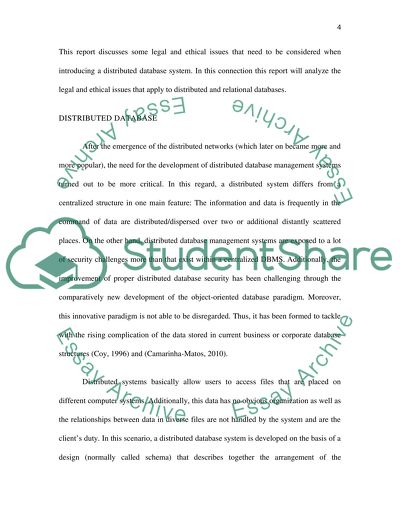Cite this document
(“Advanced Database Systems Essay Example | Topics and Well Written Essays - 2000 words”, n.d.)
Retrieved from https://studentshare.org/environmental-studies/1412017-advanced-database-systems
Retrieved from https://studentshare.org/environmental-studies/1412017-advanced-database-systems
(Advanced Database Systems Essay Example | Topics and Well Written Essays - 2000 Words)
https://studentshare.org/environmental-studies/1412017-advanced-database-systems.
https://studentshare.org/environmental-studies/1412017-advanced-database-systems.
“Advanced Database Systems Essay Example | Topics and Well Written Essays - 2000 Words”, n.d. https://studentshare.org/environmental-studies/1412017-advanced-database-systems.


